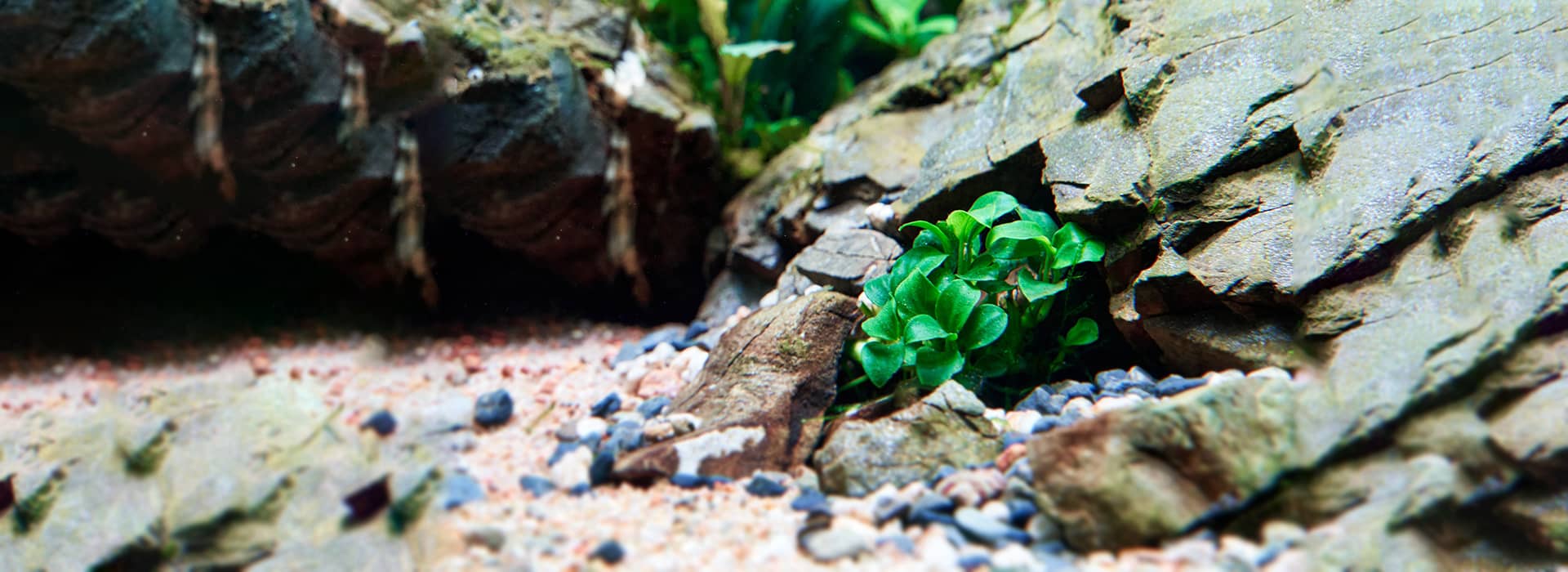Betta fish, also known as Siamese fighting fish, are one of the most popular aquarium pets. Their vibrant colours and dynamic personalities make them a favourite among aquarists.
Let’s explore the origins of betta fish, the ideal tank size for their well-being, their notorious aggression, and more.
Origins of Betta Fish
Betta fish (Betta splendens) hail from the warm, freshwater marshlands of Southeast Asia. Originally found in countries like Thailand, Cambodia, Laos, Vietnam, Malaysia, and Indonesia, bettas are adapted to thrive in a variety of aquatic conditions.
Historically, they were bred for their aggression in Thailand, where they were used in betting contests similar to cockfighting. Today, they are celebrated for their beauty and grace in home aquariums across the globe.
Understanding Aggression
Betta fish are known for their aggressive behaviour, particularly males, which is often attributed to their territorial nature.
In the wild, bettas are accustomed to vigorously defending their space. This instinct can lead to hostility when they feel their territory is threatened by another fish or environmental changes.
To mitigate aggression, it’s essential to provide adequate space and avoid housing male bettas together.
Betta Fish Care Guide
Caring for betta fish involves more than just providing a tank and food. Here’s a brief rundown of what you need to know:
Ideal Tank Size
Space is a luxury that can contribute to betta fish’s overall health. The recommended minimum tank size for this fish is 20 litres (5 gallons).
Larger tanks provide more stability, dilute harmful substances like ammonia, and reduce the likelihood of aggressive behaviour. A spacious tank allows for better water quality, easier temperature regulation, and more room for enrichment and exploration.
Water Quality
Maintain warm water temperatures between 76-81°F (24-27°C) and keep the water clean and well-filtered.
Feeding
Offer a varied diet consisting of betta pellets, frozen or live brine shrimp, and bloodworms. Feed once or twice daily in small amounts to prevent overfeeding.
Health
Keep an eye out for signs of illness, such as lethargy, loss of appetite, or faded colours. Consult a vet if you notice any unusual symptoms.
Betta Fish Trivia
Bettas possess a unique respiratory organ called the labyrinth, which allows them to breathe atmospheric air and survive in low-oxygen environments. This adaptation is particularly useful in the stagnant waters they often inhabit in the wild.
Betta Fish Colours
They come in a dazzling array of hues, each adding a unique splash of colour to their environment. Here are some of the most common betta fish colours that you might encounter:
1. Red: This is one of the most traditional colours for betta fish. They can range from a light pinkish-red to a deep, vibrant crimson.
2. Blue: Blue bettas are quite popular and can vary from pale sky blue to rich royal blue tones. Some blue bettas may also have accents of red or black, adding to their beauty.
3. Green: While not as common as red or blue, green bettas can be found in shades of emerald, jade, or teal.
4. Yellow: A bright and cheerful option, yellow bettas can range from a soft, pastel hue to a bold, golden shade.
5. White: White bettas can be pure white or have a slight iridescent sheen. They are often sought after for their elegant and serene appearance.
6. Orange: These bettas are less common and can display a range of shades from a soft peach to a fiery orange.
7. Black: Black bettas come in several types, including Black Lace, Melano, and Metallic (or Copper) Black. The Melano variety is particularly prized for its rich, dark colour.
8. Albino: Albino bettas are extremely rare and are characterised by a lack of pigmentation, resulting in a white body and pink or reddish eyes.
FAQs About Betta Fish
Can betta fish live with other fish?
While male bettas should not be housed with other males, they can coexist with certain non-aggressive fish species. Always research compatibility before introducing new tank mates.
How often should I change the water in my betta’s tank?
For a 20-litre (5-gallon tank), a partial water change of 10-20% per week is recommended to maintain water quality.
Do betta fish need a filter?
Yes, bettas require a filter to keep the water clean and oxygenated. However, ensure the current is not too strong, as bettas prefer calm waters.
Can bettas recognise their owners?
Bettas are intelligent fish and can recognise their caretakers, often swimming up to greet them.
How often should I feed my betta fish?
Betta fish should be fed once or twice a day, with the amount they can consume within a few minutes to prevent overfeeding.
What are the signs of a healthy betta fish?
A healthy betta fish will have bright, vibrant colours, clear eyes, and an active disposition. They should also have a good appetite and regular swimming patterns.
Betta Fish: Fascinating Creatures for Aquarium Enthusiasts
Betta fish are fascinating and beautiful creatures that require proper care and attention. Understanding their origins, aggressive tendencies, and ideal tank conditions is crucial for their well-being.
Responsible betta fish care includes providing adequate space, maintaining water quality, offering a varied diet, and monitoring their health.
With the right environment and care, bettas can thrive and bring joy to aquarium enthusiasts with their stunning colours and captivating personalities.








